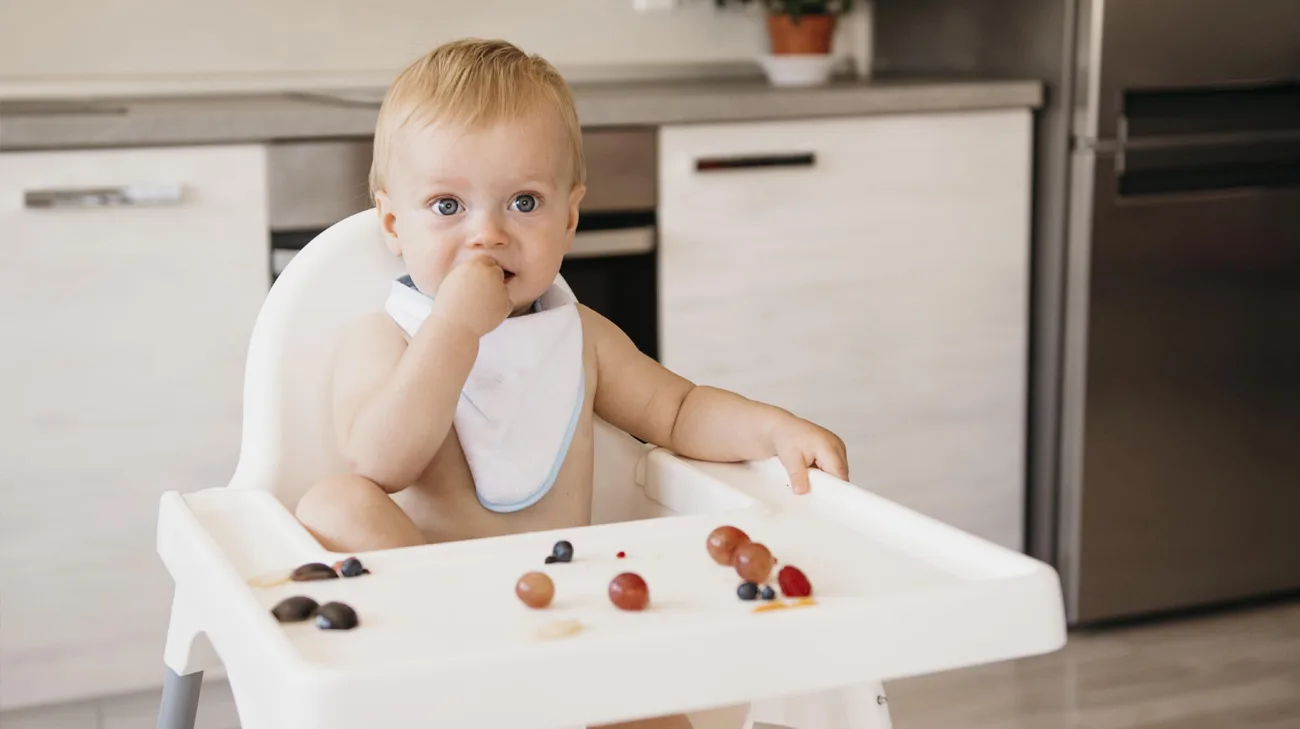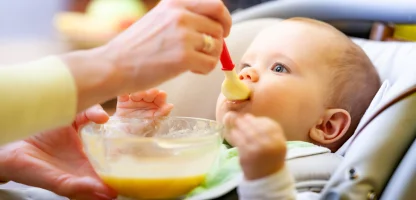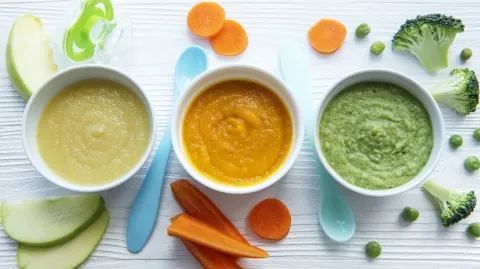Core Principles of BLW and Its Benefits for Babies
The transition to solid foods is an exciting and sometimes confusing period for parents. For many years, the traditional approach involved feeding babies with purees using a spoon. However, a new method gaining popularity worldwide offers a different path: BLW, known as Baby Led Weaning. This approach, translated as "baby led feeding," encourages babies to start solids in a more natural, independent, and exploration based way.
What Is BLW?
BLW is a feeding method in which babies around six months old are offered soft, graspable pieces of food instead of purees. In this approach, babies feed themselves by choosing from the foods placed in front of them. They decide what and how much to eat, while parents simply provide a safe environment and suitable food options.
The underlying idea is that babies are naturally capable of participating in the eating process and can regulate their own appetite when given the opportunity.
The Purpose of the BLW Method
The main goal of BLW is to allow the baby to take an active role during meals and develop self feeding skills from an early age. This method supports:
- Awareness of hunger and fullness cues
- A positive and stress free relationship with food
- Increased independence
- Stronger fine and gross motor development
In short, the baby becomes not just a participant but the leader of the feeding process.
Benefits of BLW
One of the most significant benefits is the rapid development of motor skills. Picking up food, bringing it to the mouth, exploring textures, and learning to chew all help strengthen hand eye coordination and oral motor skills.
BLW also encourages earlier chewing habits. Since the foods are not pureed, babies learn to move food around their mouths using their tongues, gums, and eventually teeth. This promotes better chewing ability and smoother adaptation to different textures in later months.
Another advantage is the opportunity to include babies in family meals. Babies sit at the same table and eat age appropriate versions of the foods their family eats. This supports social development and introduces a wide variety of flavors and aromas.
How to Start BLW
The ideal time to begin BLW is around six months, but age alone is not enough. The baby must be developmentally ready and able to:
- Sit without support
- Grasp small pieces of food
- Bring objects to the mouth with coordination
- Show reduced tongue thrust reflex
Once these skills are present, BLW can be introduced safely.
Recommended First Foods for BLW
When starting BLW, foods should be soft, easy to mash, and cut into sizes babies can easily grasp. Suitable first foods include:
- Soft cooked carrot sticks
- Steamed broccoli
- Boiled potatoes
- Ripe avocado slices
- Soft fruits such as pear or banana
- Baked zucchini or sweet potato
The goal is to provide foods that encourage grasping and safe chewing.
Safety Considerations
BLW is safe when practiced correctly, but some rules must always be followed. The most important guideline is that a baby should never be left alone while eating.
Foods that should not be offered due to choking risk include:
- Raw carrots
- Hard apple slices
- Whole nuts
- Grapes left uncut
- Popcorn
- Slippery foods like whole sausages
All foods should be appropriately softened and prepared with no added salt, sugar, or heavy spices.
Is BLW Suitable for Every Baby?
Every baby develops at a different pace. Some adapt to BLW very quickly and enjoy eating independently, while others may feel more comfortable starting with purees. BLW should not be viewed as a strict rule but rather a flexible approach that can be adjusted based on the baby’s needs.
Many parents successfully use a combination of BLW and traditional puree feeding. This mixed method can be especially helpful during the initial learning period.
BLW is a natural and developmentally supportive feeding approach that actively involves babies in the eating process. It promotes independence, strengthens chewing skills, and helps establish a healthy relationship with food. However, like all feeding methods, it should be introduced based on each baby’s readiness. With careful observation and safe practices, BLW can be an enjoyable and beneficial start to solid foods.





Comments0
No comments yet — be the first to comment!